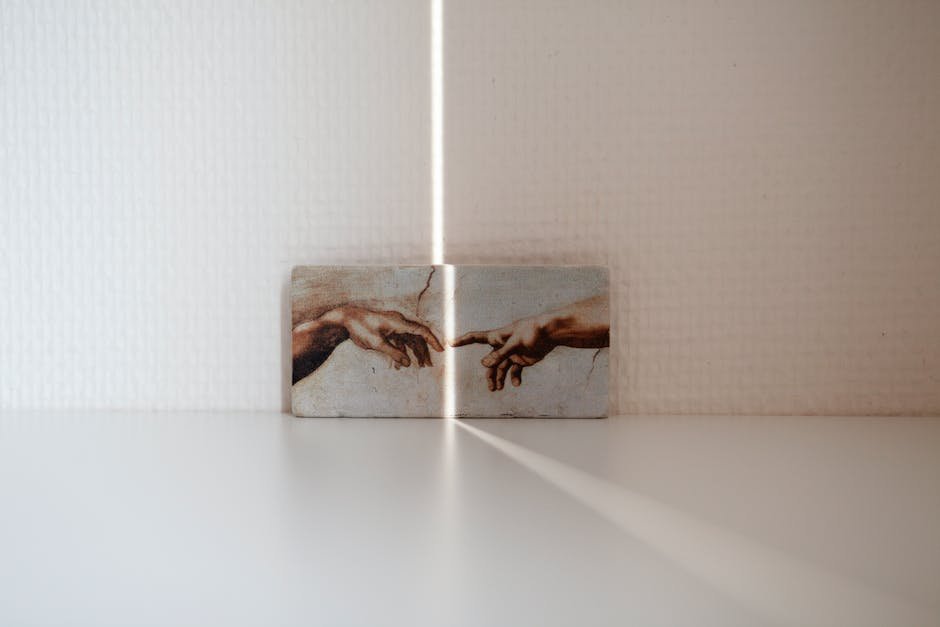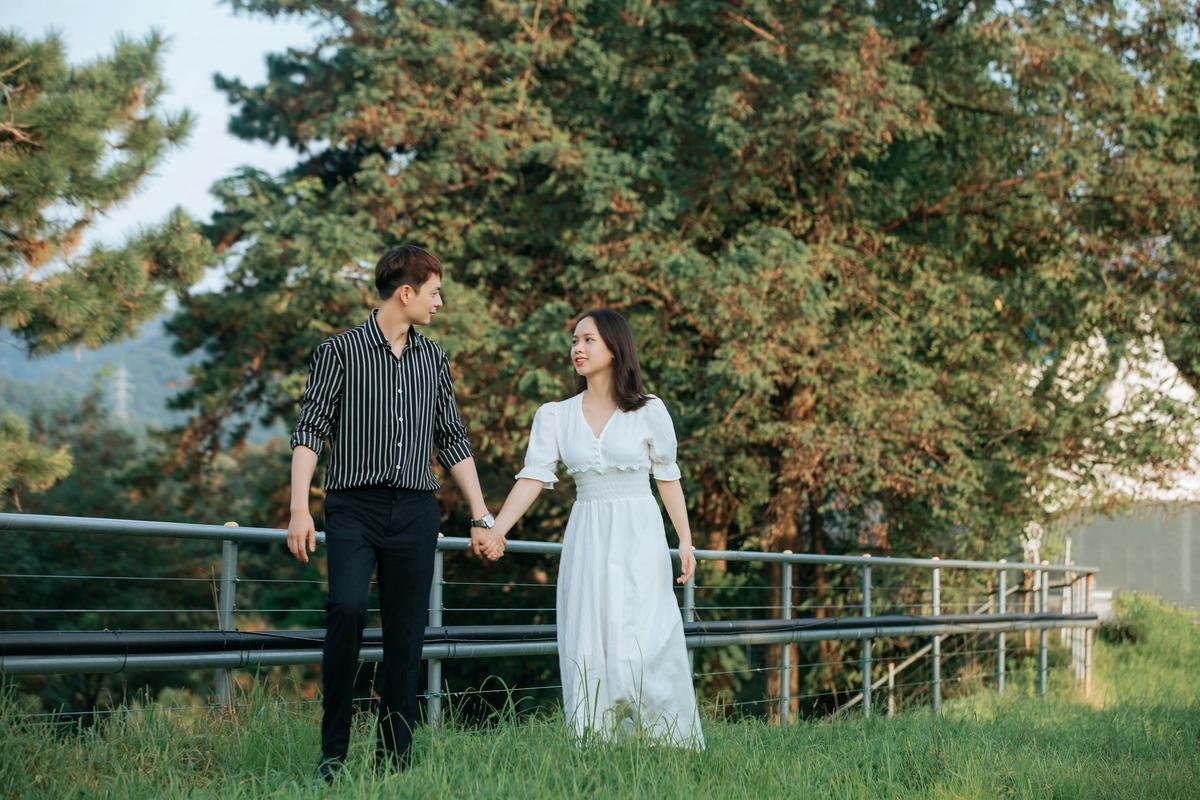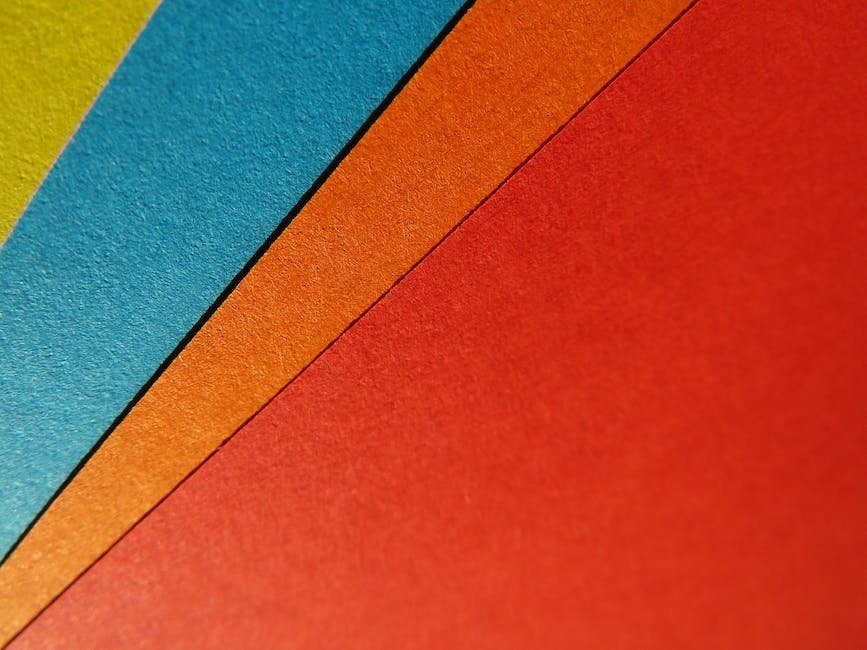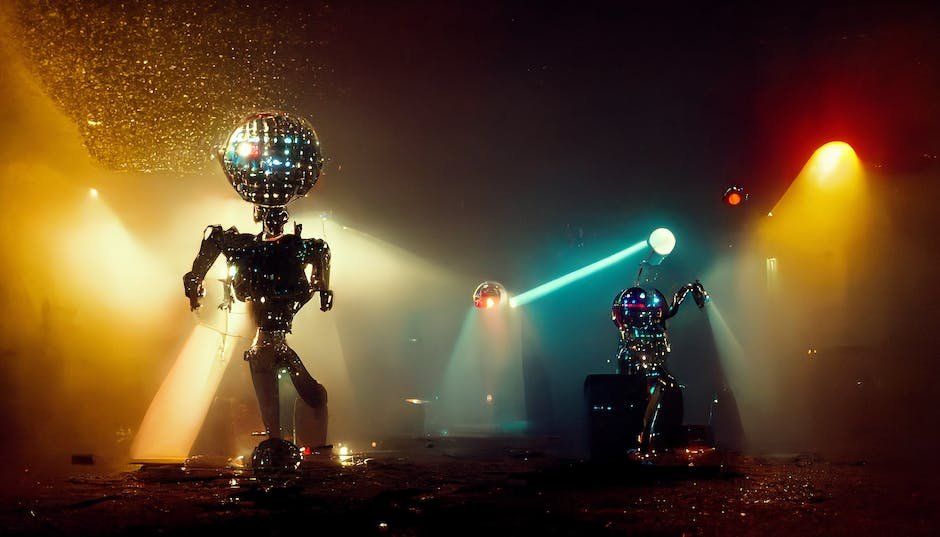Robot-created art, a fusion of technology and human imagination, is transforming the traditional art world, raising provocative questions about the boundaries of creativity, the role of the artist, and the essence of art itself. By blending the theoretical, the conceptual, the technological, and the practical, this exploration ventures into uncharted intersections of the technological reality and the theoretical firmament that take this innovative artistic practice to new horizons. This journey begins with the conceptual underpinnings of robot-created art, disentangling the complex dialogue between technology and creativity before proceeding to the technologically-focused dissection that reveals how robots create art. Finally, the study unfolds the larger social implications and presents a series of case studies to illuminate the realities behind this phenomenon.
Conceptual Underpinnings of Robot-Created Art
Core Theories and Principles Underpinning Robot-Created Art
Art and science do not always occupy separate realms; the intersection of these two domains fosters innovation in remarkable ways. Availing a perfect illustration is the novel concept of art created by robots, an emergent field where algorithm meets aesthetics, a domain straddling technological prowess and artistic creativity. This fascinating foray into the creative potential of artificial intelligence warrants a deeper understanding by examining the core theories and principles underpinning it.
Central to this innovative concept is the field of Computational Aesthetics – an area of study focused on developing programs and algorithms that can create or evaluate art. This field juxtaposes artistic creativity with programmed patterns and algorithms. The primary premise is that art, traditionally considered a product of human expression, can be replicated or even innovated by machines programmed with algorithms capturing the intricate nuances that give art its form.
An integral part of this concept comes from Fractal Theory. Fractals, repeating patterns that are identically independent of scale (whether magnified or reduced), have a significant presence in nature and art. By using fractal theory, scientists are able to program robots to create repeating, recursive patterns that are aesthetically pleasing to the human eye. This gives rise to captivating visual art pieces, where robots use mathematical patterns to create organic, flowing designs.
Next, we delve into Generative Art – a creative approach where the artist uses autonomous systems, such as robots or computer programs, to generate artwork. The artist’s role is to select or design the system and set parameters for generation, but the art itself is produced autonomously. Thus, the fine line between artist and tool is blurred, challenging traditional notions of artistic authorship and ownership.
The underpinnings of robot-created art also see a blend of Chaos Theory with the principles of randomness and unpredictability in artistic creation. The deterministic nature of Chaos Theory, where initial conditions can drastically influence final outcomes, is applied to the programming of art-creating robots. These programmed artists can thus produce unpredictable, explosive pieces of art, mirroring the capriciousness often associated with human artistry.
Finally, Neural Networks round out the foundational principles of robot-assisted art. Based on the human brain’s workings, these algorithms enable the robots to learn, adapt, and evolve their artistic style over time. This learning model allows robots to create art that not only imitates but indeed innovates, suggesting a future where robo-artists contribute to shaping artistic trends.
While each of these theories and principles plays a unique role in shaping the fascinating domain of robot-created art, the synergy of all is pivotal. The intersection of mathematics, technology, and aesthetics births an extraordinary dimension in the world of art, signaling an era of co-creation between humans and machines. As we onlook, the canvas of possibilities is expanding right before our eyes.

Technological Aspects of Robot-Created Art
The symbiosis between technology and the arts converges in an exciting domain, where an admixture of science and creativity births an exceptional form of expression: robot-created art. As we delve further into the nuanced world of robotics, attention must be steered towards how technological improvements are impacting this field of artistry.
Advancements in the domain of robotics aren’t merely limited to the augmentation of physical capabilities. They vastly extend to software improvements, as well. These software upgrades are primarily key drivers in the evolution of robot-created art. One of these includes the development of enhanced algorithmic systems.
Algorithmic art plays a pivotal role in robotic creativity. It comprises systems of codes that produce visual outputs based on mathematical sequences, random variables, shapes, or other forms of input. Robots employ these algorithms to create complex, beautiful designs beyond human capabilities. As algorithms become increasingly sophisticated, we witness an exponential rise in the intricacy and depth of robot-created art.
Artificial intelligence technologies contribute significantly to this sphere, as well — such as machine learning. Machine learning algorithms enable robots to learn from experience. They process vast quantities of data, encapsulate patterns, and adapt their outputs accordingly. In the realm of art, these technologies equip robots to master artistic nuances, refine their artistry over time, deduce styles from different artists, and even create original, unpredictable pieces of art.
Moreover, robotics’ physical improvements play an imperative role. Enhanced precision and control are fundamental for any artist, including robots. Today’s advanced robotics possess an exquisite level of intricate motor control, allowing for remarkable precision. Glide paths in the robot’s tools can move in elegant, precise strokes that human hands may not achieve. Thus, they can create works of art with a level of detail and accuracy that is truly magnificent.
Then, there’s 3D printing: another innovative technological advancement revolutionizing artwork generation. 3D-printed art is a fusion of digital design and physical creation, where robots extrapolate 2D images and materialize them into tangible 3D forms. Such advancements foster exciting new dimensions in visual art, where concepts transition from the realm of imagination to reality.
In essence, these technological advancements in robotics have established a fertile soil for the growth of robot-created art. The implications of these advancements cannot be underestimated. These developments are not only augmenting the artistic abilities of robots but also sparking critical dialogues about the boundaries of creativity, the essence of art, and the evolving connection between man, machine, and art. As technology continues to evolve, we can expect even more staggering changes in the realm of robot-created art, pressing us to redefine our very understanding of creativity.

Impact and Implications of Robot-Created Art
The progression of robot-created art, where algorithms and AI-driven machines produce imaginative, aesthetically pleasing pieces, presents exciting new opportunities for the art world and society. Yet, this advancement treads on unfamiliar terrain, generating profound implications that warrant thoughtful exploration.
One important aspect is the evolution of artist-authorship. Traditional art is intrinsically tied to the human artist, their process, expression, and creativity. However, when an algorithm spawns art, the authorship definition blurs. Are we to attribute the artwork to the AI, its programmer, or even the AI’s training data? The ensuing ambiguities could redefine the legal landscape surrounding Intellectual Property (IP) rights in art. It also stirs up a conversation about the authenticity and emotional engagement in art and if these can or should only be human-oriented.
Robot-created art also possesses the potential to broaden art accessibility. Historically, creating art has had entry barriers like resources, skills, and time. Robots, with their capability to produce volumes of varied art quickly, could democratize creative expression. Countless individuals could interact with art by tweaking algorithms for distinct outcomes, making art a more ubiquitous, inclusive part of society.
Additionally, the economic paradigms in art may undergo significant alteration. Artworks, rare and hand-crafted, often acquire their value due to their scarcity. In a future where aesthetically equivalent artwork can be robot mass-produced, how would we appraise art? An anticipated, complex economic restructuring of the art industry could incorporate non-traditional factors such as the complexity of the AI generated art’s original coding.
Moreover, robot-created art may edge into new frontiers of creativity. Complex algorithms can transcend human cognitive limitations, allowing art to enter realms previously deemed inconceivable, potentially crafting aesthetics beyond human imagination. This prospect, interestingly, provokes debates on the essence of creativity and originality and their relationship to consciousness.
But, it is evident that, despite resulting uncertainties and challenges, robot-created art tends to amplify rather than diminish the importance of human involvement in art. We need human ingenuity to develop the algorithms, human intuition to program the AI, and ultimately, human sensibility to engage with and appreciate the art. Robots may indeed stimulate art evolution, yet they don’t suppress the human element; they enhance it. In effect, they serve as another palette or canvas, catalysts to our inexhaustible human creativity.

Case Studies of Robotic Art
The rise of robotics and AI has led to a new wave of artistic expression: robot-created art. By combining technical precision with generative creativity, machines are moving beyond mere tools for human artists and establishing their own unique aesthetic perspectives. In this realm, interesting examples abound and are worth highlighting.
A Developer, Harold Cohen, created one of the first autonomous painting robots, “AARON“. Operational since the late 1970s, AARON employs a rule-based method to make decisions about composition and color, creating vibrant, abstract works. Over the years, Cohen has adjusted and refined AARON’s algorithmic parameters, but the basic artistic decisions have always been the robot’s to make.
With the advancement of technology, the art of robotic creation has evolved. “CloudPainter“, developed by Pindar Van Arman, utilizes AI learning techniques to paint portrait and other intricate details. Unlike AARON, CloudPainter learns from human-sourced abstract strategies rather than pre-determined rules. Each point in its decision-making process is trained and tuned through extensive practice and feedback, resulting in art with a distinctly human touch.
The urge to defy the boundary between the mechanical and the creative is demonstrated by the artwork of teamLab. This collective, known for its immersive installations, often harnesses robotics to bring their extravagant visions to life. “Crows are Chased and the Chasing Crows are Destined to be Chased as Well – Division in Perspective, Light in Dark” is a kinetic masterpiece involving drones and LED lights moving rhythmically, creating a breathtaking visual symphony.
On a similar vein, “KUKA“, a robot arm often used in industrial manufacturing, has been adopted by various artists to produce mesmerizing art. Robotlab’s Bios [Bible] project involves a KUKA robot arm that writes the Bible on rolls of paper, demonstrating the profound reach of robotics into even our most sacred texts.
One of the most innovative approaches to robot-created art is embodied by “Random International’s” Rain Room Exhibit. Here, sensors and other technological components work in sync to manipulate the environment, allowing people to experience walking through heavy rain while remaining completely dry. It’s not just visual or physical art— it’s an interaction, a simulation, and an experience.
These examples illustrate the vast potentials embedded within robot-created art, delivering a powerful testament to the power of technology in expanding the boundaries of creativity. It’s a fascinating encounter, revealing a metamorphosis of art from being a purely human endeavor to an interdisciplinary communion where human ingenuity meets machine precision. The future of robot-created art is evidently more elusive than ever before, its horizons forever expanding.

The rise of robot-created art marks a fascinating juncture in humanity’s cultural and technological evolution. It offers an intriguing glimpse into futures where machines could become an integral part of the creative process, triggering revolutions not only in art but also in our understanding of creativity, originality, and the nature of an artist. Delving into the realms of technology and the play of algorithms, it goes beyond the canvas, examining how society apprehends this new form of expression. Robotic art, with its unique combination of technology and artistic dexterity, continues to redefine conventions, blur boundaries, and paint a picture of creative possibilities yet to be discovered.



